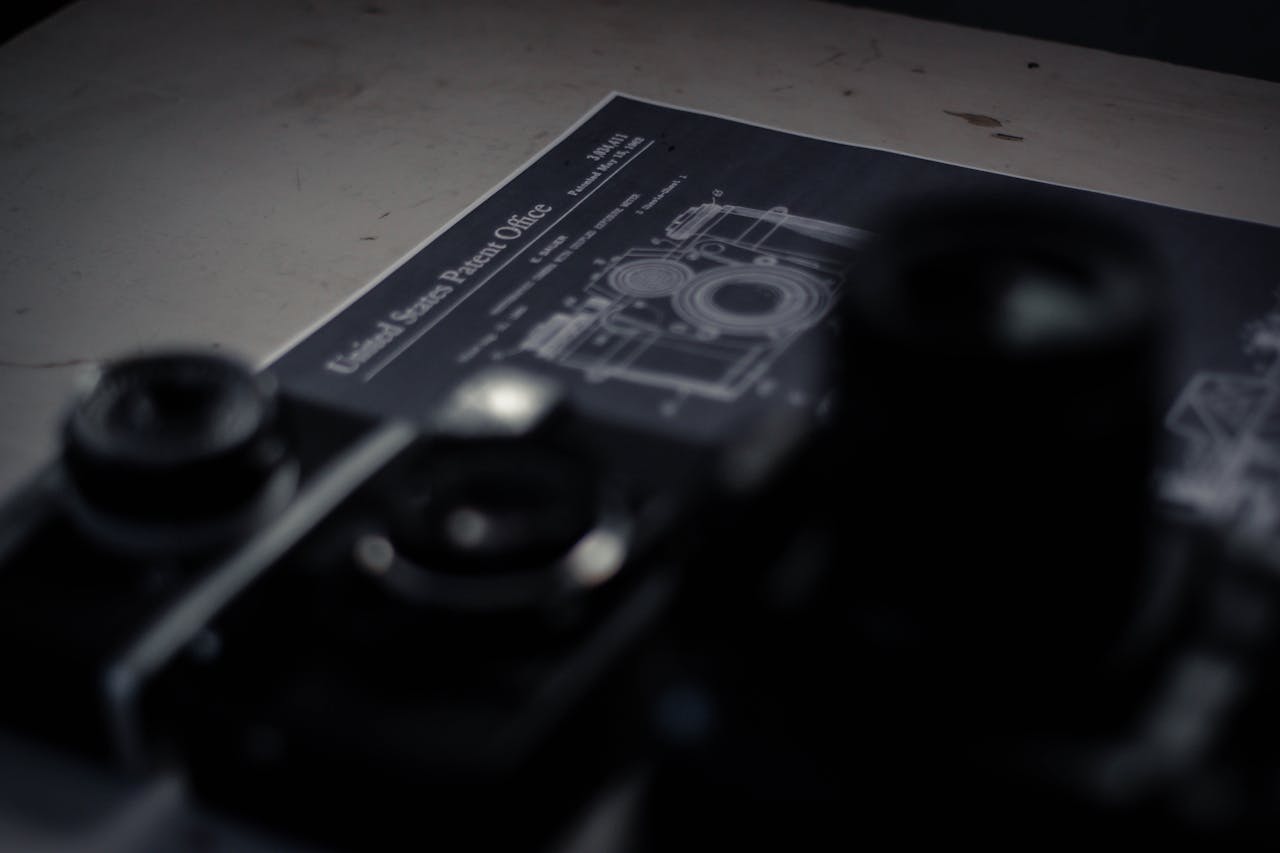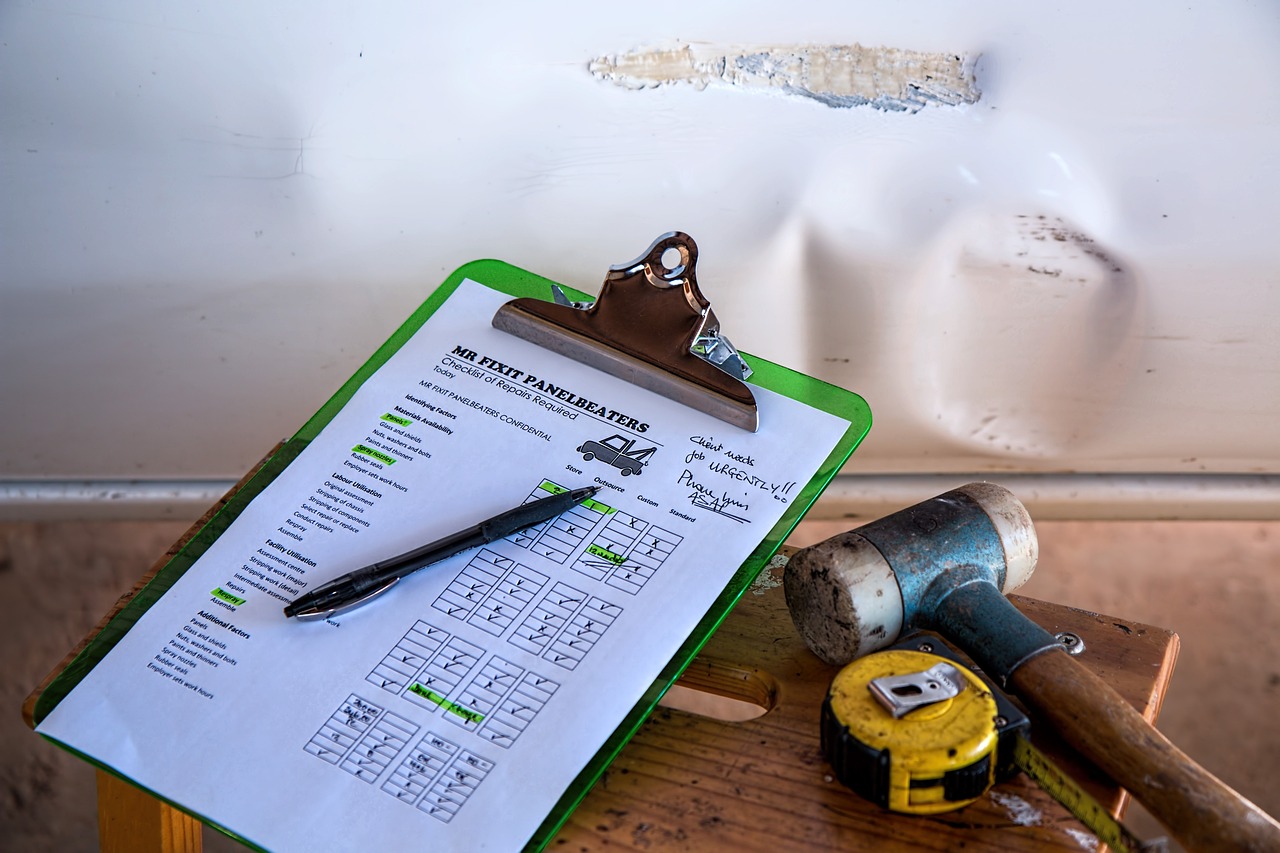Übersetzungsdienste für Patentautorisierungsdokumente
Patentgenehmigungsdokumente sind wichtige Rechtsinstrumente, die die Erteilung eines Patents durch ein Patentamt belegen. Diese Dokumente bestätigen die gesetzlichen Rechte eines Erfinders oder Rechtsnachfolgers zum Schutz seiner Erfindung und dienen als wichtige Referenz bei der Durchsetzung von Patentrechten gegenüber potenziellen Rechtsverletzern. Die Übersetzung von Patentgenehmigungsdokumenten ist ein hochspezialisiertes Gebiet, das ein tiefes Verständnis sowohl der juristischen als auch der technischen Sprache erfordert. In diesem Artikel werden die verschiedenen Arten von Patentgenehmigungsdokumenten, die mit ihrer Übersetzung verbundenen Herausforderungen und die Best Practices zur Gewährleistung genauer und zuverlässiger Übersetzungen untersucht.

Bewährte Vorgehensweisen für die Übersetzung von Patentautorisierungsdokumenten

Zusammenarbeit mit juristischen und technischen Experten
- Angesichts der Komplexität von Patentgenehmigungsdokumenten ist es für Übersetzer oft von Vorteil, eng mit juristischen und technischen Experten zusammenzuarbeiten. Diese Experten können wertvolle Einblicke und Hinweise zu bestimmten juristischen und technischen Begriffen geben und so sicherstellen, dass die Übersetzung sowohl genau als auch für die Zielgerichtsbarkeit geeignet ist.
Einsatz spezialisierter Übersetzungstools
- Der Einsatz spezieller Übersetzungstools wie Translation-Memory-Systeme und Terminologiedatenbanken kann dabei helfen, die Konsistenz bei großen und komplexen Patentübersetzungsprojekten zu wahren. Mit diesen Tools können Übersetzer bereits übersetzte Inhalte speichern und wiederverwenden und so sicherstellen, dass im gesamten Dokumentsatz dieselben Begriffe und Ausdrücke einheitlich verwendet werden.
- Terminologiedatenbanken sind besonders nützlich, wenn es darum geht, das Fachvokabular im Patentrecht und in bestimmten technischen Bereichen zu verwalten. Diese Datenbanken können angepasst werden, um bevorzugte Übersetzungen, juristische Begriffe und Fachjargon einzuschließen und so sicherzustellen, dass die Übersetzung genau und konsistent ist.
Qualitätssicherungsprozesse
- Um die Genauigkeit von Patentübersetzungen sicherzustellen, ist die Implementierung eines strengen Qualitätssicherungsprozesses (QA) unerlässlich. Dieser Prozess sollte mehrere Überprüfungsrunden umfassen, darunter Prüfungen auf rechtliche Genauigkeit, technische Korrektheit und sprachliche Qualität. Der QA-Prozess kann auch eine Validierung durch einen zweiten Übersetzer oder Rechtsexperten umfassen, um etwaige Fehler oder Unklarheiten zu erkennen.
- Um sicherzustellen, dass die Übersetzungen den erforderlichen Standards entsprechen und in allen Dokumenten die Konsistenz gewahrt bleibt, sollten Glossare, Stilhandbücher und Referenzmaterialien verwendet werden.
Den rechtlichen Kontext verstehen
- Übersetzer müssen den rechtlichen Kontext, in dem die Patentgenehmigungsdokumente verwendet werden, genau kennen. Dazu gehört die Kenntnis der Patentgesetze und -vorschriften in der Zielgerichtsbarkeit sowie der spezifischen Anforderungen an Patentgenehmigungsdokumente. Das Verständnis des rechtlichen Kontexts trägt dazu bei, sicherzustellen, dass die Übersetzung nicht nur genau, sondern auch rechtsgültig und durchsetzbar ist.
Kontinuierliche Schulung und berufliche Weiterentwicklung
- Der Bereich der Patentübersetzung entwickelt sich ständig weiter, da regelmäßig neue Technologien, rechtliche Entwicklungen und bewährte Verfahren auftauchen. Patentübersetzer sollten sich kontinuierlich weiterbilden und beruflich weiterentwickeln, um über die neuesten Trends und Fortschritte in der Patentübersetzung auf dem Laufenden zu bleiben. Dazu können die Teilnahme an Branchenkonferenzen, die Teilnahme an speziellen Schulungsprogrammen und das Informieren über Änderungen im Patentrecht und in der Technologie gehören.
Herausforderungen bei der Übersetzung von Patentautorisierungsdokumenten
Rechtliche Präzision
- Patentgenehmigungsdokumente sind rechtlich bindend und Ungenauigkeiten in der Übersetzung können zu Rechtsstreitigkeiten, zum Verlust von Patentrechten oder zu Schwierigkeiten bei der Durchsetzung des Patents führen. Übersetzer müssen mit der juristischen Terminologie und den juristischen Konzepten vertraut sein, um sicherzustellen, dass die Übersetzung sowohl genau als auch rechtlich einwandfrei ist.
Technische Komplexität
- Viele Patente betreffen komplexe technische Themen und die Genehmigungsdokumente verweisen häufig auf bestimmte technische Aspekte der Erfindung. Übersetzer müssen über fundierte Kenntnisse des relevanten technischen Gebiets verfügen, um diese Dokumente korrekt übersetzen zu können. Missverständnisse oder falsche Übersetzungen technischer Begriffe können zu erheblichen Problemen führen, beispielsweise zu einer Fehlinterpretation des Umfangs der Erfindung.
Kulturelle und rechtliche Unterschiede
- Verschiedene Länder haben unterschiedliche Rechtssysteme und die Art und Weise, wie Patentrechte gewährt und durchgesetzt werden, kann sich von einer Rechtsordnung zur anderen erheblich unterscheiden. Übersetzer müssen sich dieser Unterschiede bewusst sein, um sicherzustellen, dass die übersetzten Dokumente für die Zielrechtsordnung geeignet sind. Dazu gehört auch, zu verstehen, wie sich Rechtsbegriffe und -konzepte zwischen der Ausgangs- und der Zielsprache unterscheiden können.
Konsistenz zwischen Dokumenten
- Patentgenehmigungsdokumente sind häufig Teil eines größeren Dokumentensatzes im Zusammenhang mit dem Patentantrags- und -verfolgungsverfahren. Es ist von entscheidender Bedeutung, dass die Übersetzung dieser Dokumente mit den anderen zugehörigen Dokumenten übereinstimmt, z. B. mit der Patentanmeldung, den amtlichen Bescheiden und der juristischen Korrespondenz. Inkonsistenzen können zu Verwirrung oder rechtlichen Problemen führen.
Strenge Formatierungs- und Strukturanforderungen
- Patentgenehmigungsdokumente müssen bestimmte Formatierungs- und Strukturrichtlinien einhalten, die von Patentämtern gefordert werden. Übersetzer müssen sicherstellen, dass die übersetzten Dokumente diesen Richtlinien entsprechen, einschließlich der Beibehaltung der korrekten Nummerierung von Ansprüchen, Abschnitten und Referenzen. Jede Abweichung vom erforderlichen Format kann zur Ablehnung des Dokuments durch das Patentamt führen.

Warum wählen Sie uns
Übersetzung Zitat
Die Preisgestaltung für unsere Übersetzungsdienste hängt von den folgenden Faktoren ab:
- Fachliche Komplexität und Datenkomplexität
- Quelle Sprache
- Zielsprache
- Das Gesamtvolumen der zu übersetzenden Daten
- Komplexität der technischen Verarbeitung
- Zeitliche Beschränkungen
- Layout-Spezifikationen
- Verhältnis von Fachvokabular
- Die Notwendigkeit von ausländischen Gutachtern und die Dringlichkeitsstufe usw.
Um einen möglichst genauen Kostenvoranschlag für Ihr geschäftliches Übersetzungsprojekt zu erhalten, ist das Ausfüllen unseres Angebotsformulars die optimale Vorgehensweise.

